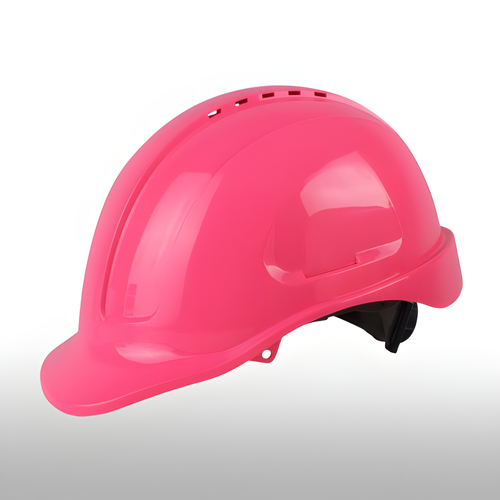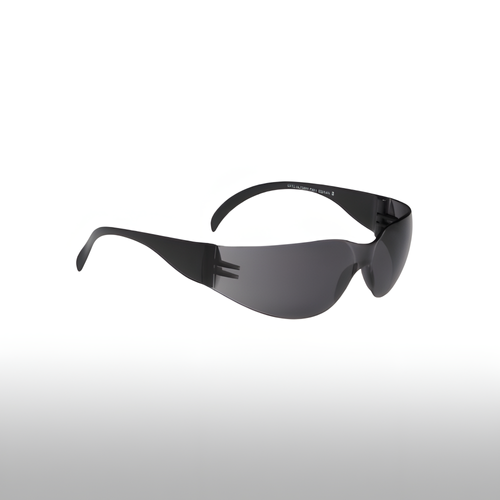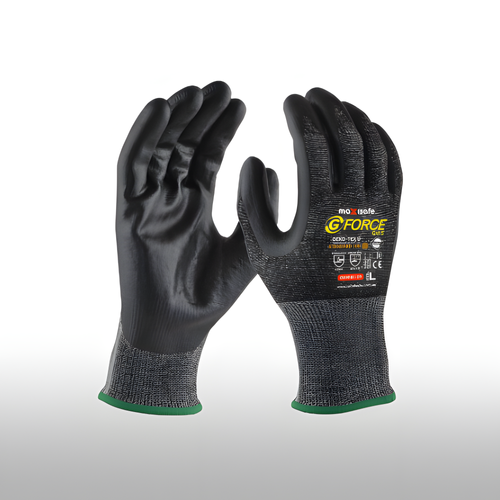Construction and mining sites are dynamic and inherently risky environments that require efficient and effective safety gear for which both employers and workers are responsible.
Workers encounter a myriad of daily hazards, ranging from the threat of falling objects and debris to navigating electrical hazards and contending with noise exposure. That's why safety gear is a non-negotiable aspect of any construction project. This article will address the crucial topic of safety gear, exploring its importance, components, proper usage, and the potential consequences if neglected.
Safety Gear Matters
Safety gear is the frontline defence against workplace hazards. By wearing the appropriate gear, workers can protect themselves from injuries and illnesses that could impair their health and productivity. Moreover, safety gear can also prevent accidents from escalating and affecting other workers or bystanders. For example, a hard hat can prevent a head injury from causing a loss of consciousness and a fall from height.
Besides the physical benefits, safety gear also has legal and ethical implications. Workers and project managers have a duty of care to ensure a safe work environment, as mandated by the Work Health and Safety Act 2011 and the National Construction Code. This means complying with the safety regulations and standards that apply to their industry and project. Failing to do so could result in fines, penalties, or even prosecution. Therefore, safety gear is not only a matter of personal choice but also a matter of professional responsibility.
What Safety Gear Includes
Safety gear covers a wide range of equipment designed to protect different body parts and suit different types of hazards. Some of the critical components of essential safety gear are:
Sturdy materials like plastic or metal make up these protective headgear, equipped with a suspension system that cushions the force of an impact.
These hats shield the skull against impacts, penetration, electrical shocks caused by falling or flying objects, or contact with overhead power lines or exposed wires.
When selecting the right one, consider the following tips:
Assess Work Environment Hazards:
- Identify potential hazards in your work setting, such as falling or flying objects, electrical risks, or contact with overhead power lines.
- Choose a hard hat that addresses the specific risks present in your environment, ensuring it provides sufficient protection against these potential dangers.
Evaluate Material and Construction:
- Consider the durability and construction materials of the hard hat. Different work environments may require different materials, so select one that aligns with the demands of your job.
- Examine the suspension system to ensure it effectively cushions the force of a blow, enhancing the overall protective capabilities of the hard hat.
Regular Inspection and Replacement:
- Periodically inspect the hard hat for signs of wear, cracks, or any damage that may compromise its effectiveness.
- Replace the hard hat promptly if it shows any signs of deterioration, ensuring that it remains in optimal condition for providing protection.
Safety glasses act as a shield for the eyes, protecting against dust, debris, chemicals, radiation, or sparks. Constructed with impact-resistant lenses like polycarbonate or glass, they also feature side shields or wraparound frames to block objects from the sides. Iti s important to select the right ones and ensure proper fit.
Selecting the Right Safety Glasses:
- Identify specific hazards in your work environment and opt for safety glasses that provide ample protection against those risks.
- Tailor your choice based on the type of work involved, such as cutting, grinding, welding, or spraying, by selecting safety glasses designed for those activities.
- Seek guidance from your safety officer or supervisor to choose safety glasses that adhere to industry standards and regulations.
Proper Fit and Usage:
- Achieve a snug fit by adjusting the temple arms and nose bridge to prevent the glasses from slipping or causing discomfort during work.
- Verify complete coverage of your eyes by the lenses, ensuring side shields or wraparound frames offer additional protection against peripheral hazards.
- Conduct regular inspections of the glasses for any signs of damage, such as scratches or cracks, and promptly replace them if necessary.
Both you and your colleagues must be educated on the correct selection, usage, and care of safety glasses to maximise their effectiveness in safeguarding your eyes.
Remember to wear safety glasses consistently whenever there is a potential risk of eye injury, particularly during activities like cutting, grinding, welding, or exposure to hazardous substances or light sources.
Gloves are necessary to shield your hands from cuts, burns, punctures, or infections. They are available in various materials like leather, rubber, or cotton to match the required level of protection and dexterity. Wearing gloves whenever sharp or rough objects, hot or cold surfaces, or biological or chemical agents pose a risk of a hand injury is essential.
To choose the right pair:
Assess Hazardous Conditions:
Identify potential risks in your work environment, such as sharp or rough objects, hot or cold surfaces, or exposure to biological or chemical agents.
Choose gloves that specifically address the hazards in your work setting, ensuring adequate hand protection.
Consider Material and Dexterity:
Evaluate the gloves' materials based on the demands of your job. Different materials provide varying levels of protection and dexterity.
Select gloves that balance protection and dexterity to enable you to perform your tasks effectively.
Proper Fit and Comfort:
Ensure the gloves fit snugly on your hands without being too tight or loose, allowing for comfortable movement and preventing accidents.
Verify that the gloves entirely cover the hands, providing comprehensive protection against potential injuries.
Regular Inspection and Replacement:
Another important contributing factor to the efficiency and safety of safety gloves is the periodic inspection of the gloves for signs of wear, tears, or any damage that may compromise their protective properties. Replace gloves promptly if they show any signs of deterioration, ensuring you always have reliable hand protection.
By actively following these tips, you can select gloves that align with the specific hazards of your work environment, guaranteeing both safety and comfort for your hands.



